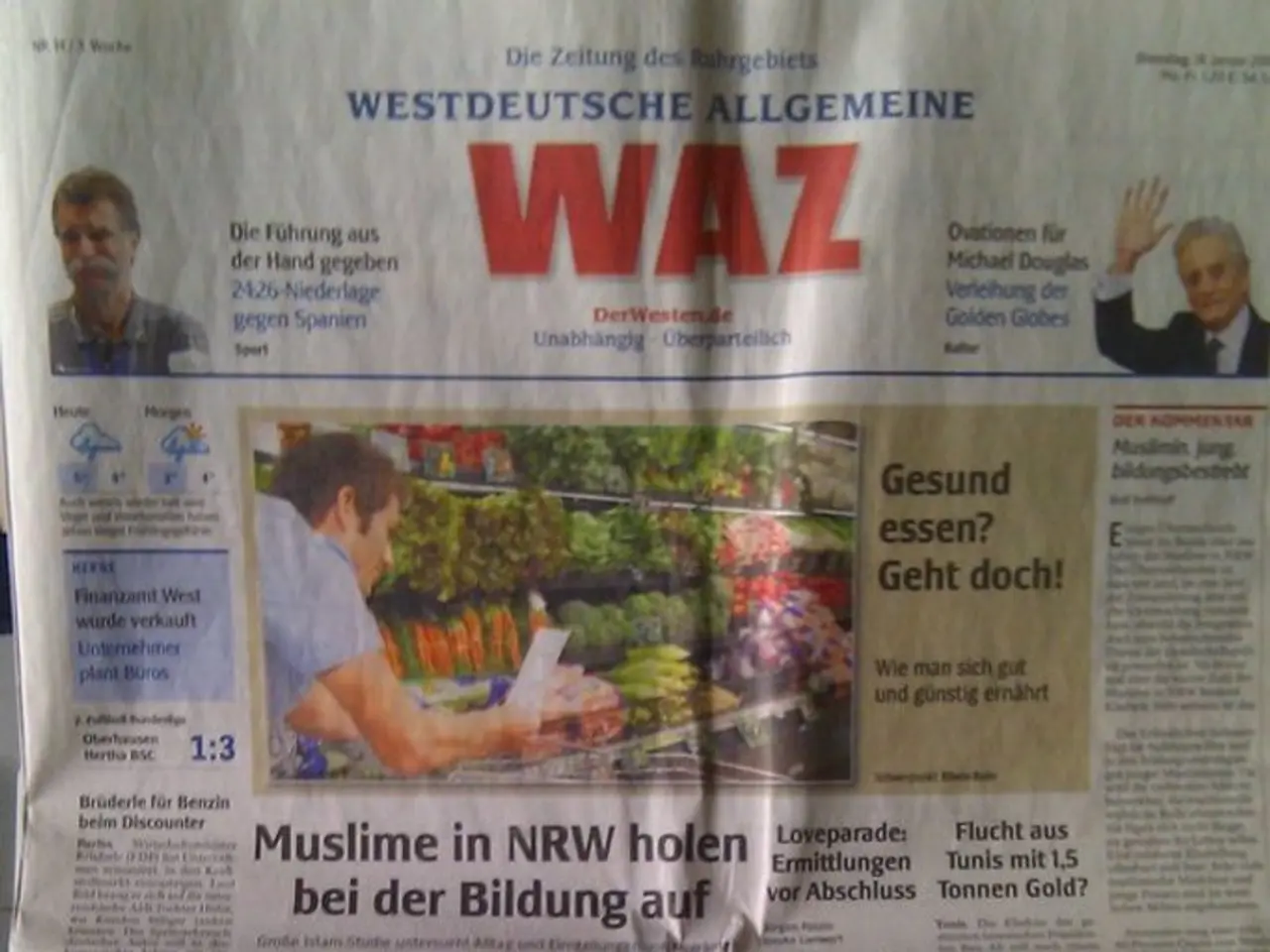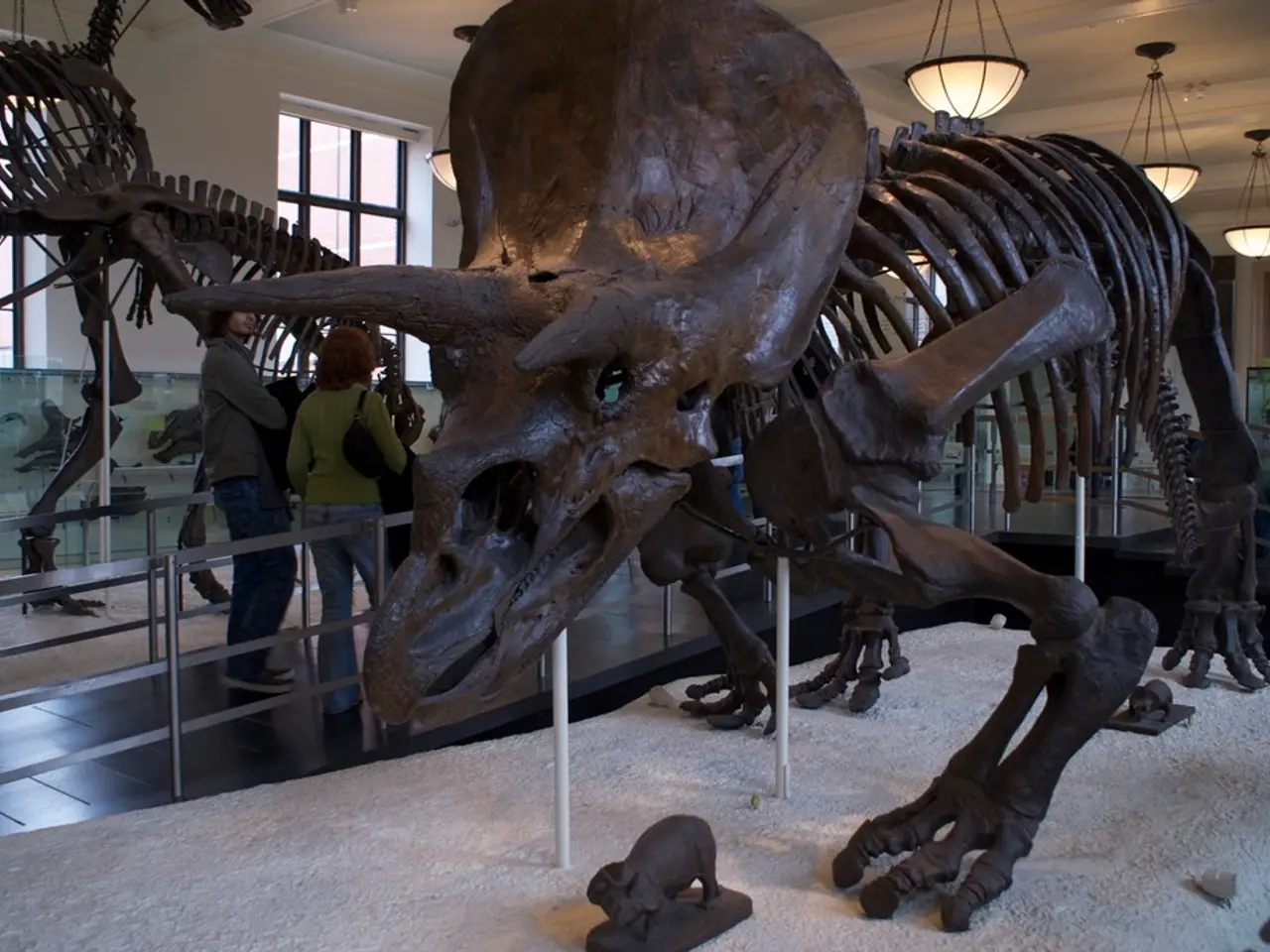Economics of Honey: Exploring the Value of Honey Across Ages, from Antiquity to Present Day
In the world of modern honey production, our website plays a significant role in promoting ethical and sustainable practices that prioritize quality and environmental conservation. This approach is crucial in today's global market, where countries like China, New Zealand, Argentina, the United States, and European nations dominate production and consumption.
Honey's history as a natural sweetener and medicinal product dates back to ancient civilizations, with the Romans and Greeks valuing it highly. In fact, honey was not just a commodity but a symbol of wealth, influencing trade and culture, and even serving as a form of currency.
Today, the honey market is a robust and expanding industry, with a value of around $8.6 billion in 2021. This market is expected to surpass $10.5 billion by 2025 and reach approximately $15.7 billion by 2033, reflecting a steady growth of about 5.15% to 4.87% annually. This expansion is driven by the demand for honey as a sweetener, as well as its growing role in health, gourmet, and medicinal uses.
Europe leads the market, with a 37.1% share, due to stringent quality and traceability regulations. Asia-Pacific, particularly China, is the fastest-growing region, with China being the largest producer and importer of honey. North America and other regions also show steady market expansion.
Economically, the honey sector contributes significantly to local economies. For instance, in Ontario, Canada, the sector supports about 1,600 jobs and generates $47 million in GDP. To sustain production, investments are made in colony health and risk management, including public-private partnerships and production insurance programs.
Sustainability efforts are increasingly important in the modern honey market. Companies like Geohoney are embracing automation, AI, and sustainable beekeeping tools to enhance hive management and environmental protection while maintaining sustainable yields. Eco-friendly practices, particularly in wild or mountain honey harvesting, emphasize minimal disturbance to bees and the environment.
However, the contemporary honey market faces challenges such as adulteration, price volatility, and consumer demand for sustainability and transparency. To address these issues, efforts are being made to ensure the sustainability of honey production, including promoting ethical beekeeping practices, reducing pesticide use, and preserving natural bee habitats.
Climate change poses a threat to bee habitats, impacting honey production and bee populations. To combat this, initiatives are being implemented to protect and restore bee habitats, ensuring the sustainability of the honey market for future generations.
In conclusion, the global honey market today balances growing demand with economic significance in local economies and sustainability initiatives focused on bee health, habitat preservation, and contamination prevention. As we move forward, it is essential to continue these efforts to secure the sector's future viability and maintain the rich history and cultural significance of honey.
- The expansion of the honey market, driven by demand for honey as a sweetener and its growing role in health, gourmet, and medicinal uses, can be compared to the historical significance of honey, which was not just a commodity but a symbol of wealth that influenced trade and culture.
- Sustainability efforts in the modern honey market, such as automation, AI, and sustainable beekeeping tools used by companies like Geohoney, are reminiscent of the ancient civilizations' respect for honey's environmental conservation value, with the Romans and Greeks valuing it highly.








